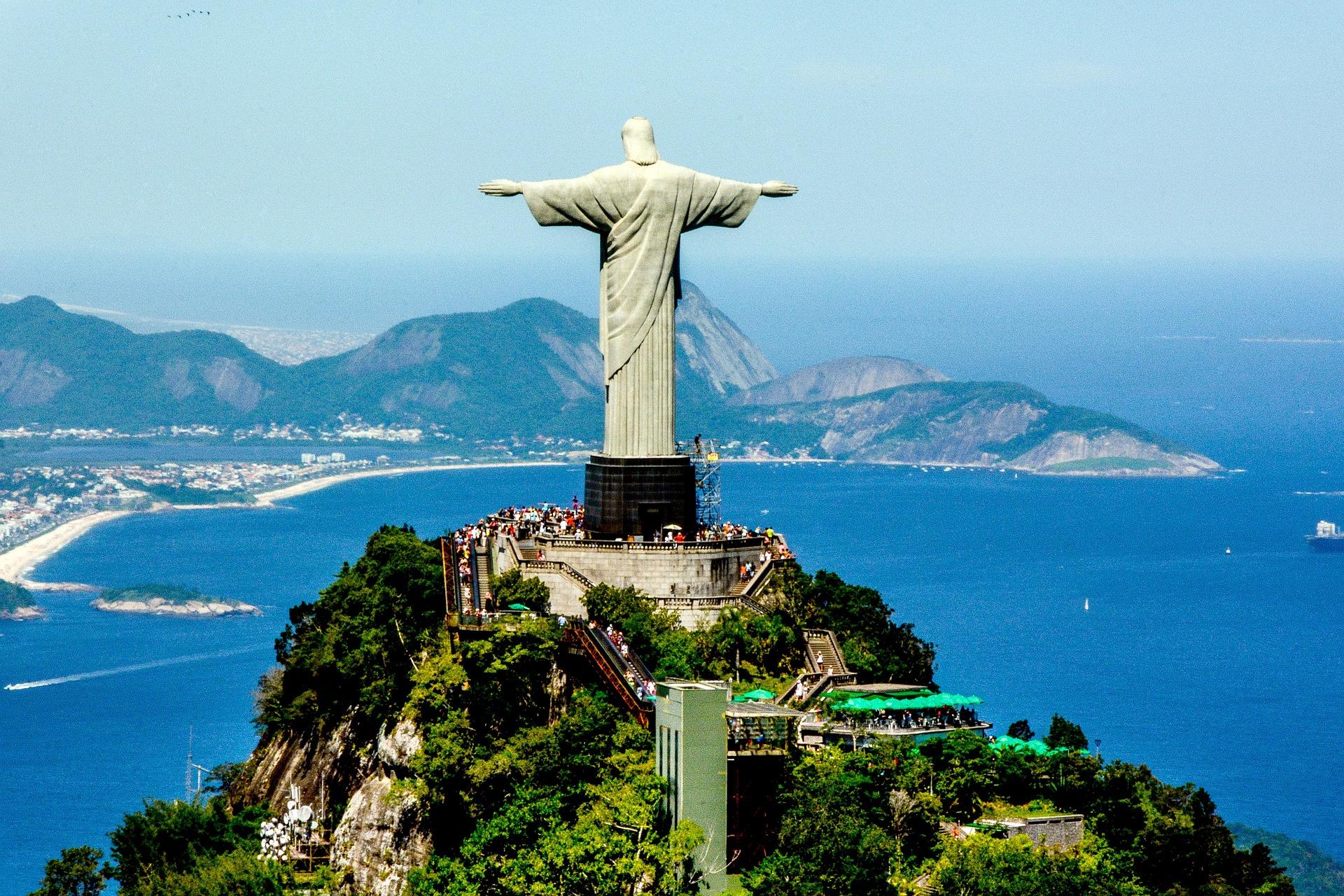Trekking in Rio de Janeiro is an unforgettable experience that allows you to discover the beauty of the city and its surroundings from a different perspective. From the imposing statue of Christ the Saviour on Corcovado Hill to the breathtaking views from China Lookout and Sugar Loaf: each peak offers a unique perspective of the metropolis and the surrounding countryside. For beach lovers, cycling trips to Praia da Barra da Tijuca and Praia da Reserva are a great option, revealing the beauty of the west coast. Trekking in Rio is an adventure that will delight you with its atmosphere and magnificent panoramas.
Corcovado Hill and the statue of Christ
The city's landmark… the 38-metre high statue of Christ (including the eight-metre high pedestal) will leave you speechless and in awe when you see it in all its glory. Jesus, spreading his arms over the beautiful city, notorious for gangs and shootings, but also infamous for its vibrations that easily find their way into your heart, is visible from all corners of the metropolis and gives the impression of a guardian angel watching over you at night.
The hill of Corcovado is not illuminated, while the statue itself is, so you see darkness and then a white angel on top (the Saviour's arms wide open evoke the wings of an angel). There's a cable car that goes up the hill, but there's nothing like making your way to Christ as a kind of personal spiritual pilgrimage.
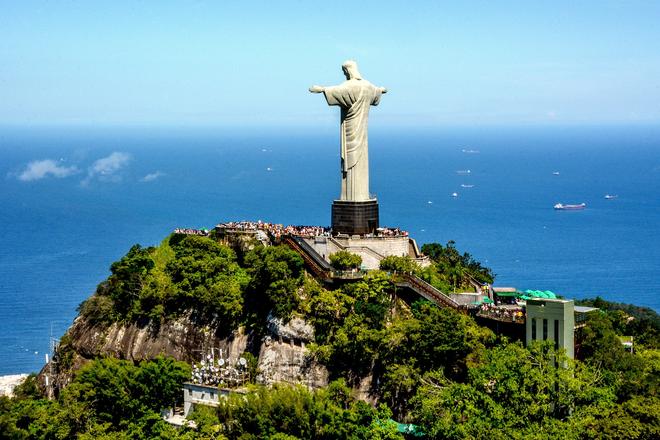
The trail to the top of Corcovado Hill (710 metres) leads from Parque Lage, a beautiful park spread out at the foot of the hill and adjacent to the Jardim Botânico (Botanical Gardens), famous for Snoop Dogg's video for the song Beautiful. The café in the courtyard of the School of Fine Arts – originally a mansion – which appears in the video is definitely worth a visit; try the popular brigaderios with the renowned Brazilian coffee.
It's a steep, fairly strenuous hike (about an hour and a half to two hours if you go slowly, snapping photos of the lush vegetation, century-old palm trees, and beautiful waterfalls in Tijuca National Park along the way), but if you go in good weather conditions (the road tends to be very soggy and slippery in the rain), you should enjoy this hike.
Allow approximately the same amount of time for the trip down. If you don't feel like going back on foot, you always have the option of taking the cable car or paying an agency to pick you up at your hotel in the morning, take you to the Parque Lage, walk up the hill with a guide and take an air-conditioned van down. It will cost you about $150, but is an alternative option if you prefer.
Get to know photogenic Rio de Janeiro in a whole new way
There are many hills in Rio covered in lush vegetation that offer breathtaking views of the city, but Corcovado is of course a place not to be missed. Standing next to the sculpture and looking down on the bays, buildings and rich tropical forest that carve their way through the concrete streets filled with skyscrapers, you feel like you're in a dream.
"A symbol of Christianity across the world" and one of the "New 7 Wonders of the World", it emits an overwhelming energy. You can touch the pedestal on which the statue stands or meditate in the small domed chapel located inside the pedestal. The face of Christ appears thoughtful and serious, as if reflecting the Redeemer's perception of the city he protects. Officially, he is said to open his arms to welcome newcomers arriving at the old port.
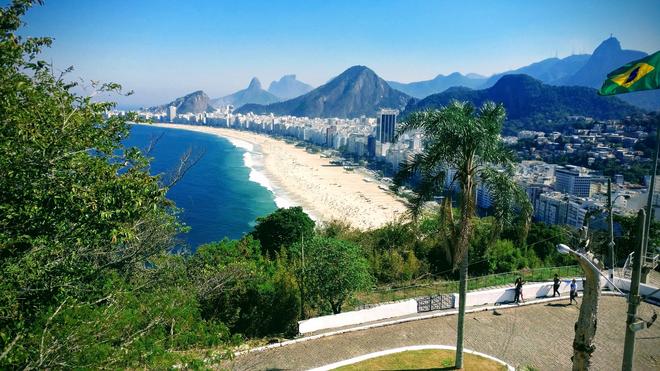
Rio de Janeiro combines city life with picturesque nature and turquoise beaches. Its atmosphere is lively and vibrant. If you're worried about your safety when visiting the city, there are a few basic rules: don't take jewellery, watches or luxury brand shoes and clothes with you; don't display your mobile phone unnecessarily and keep it on your body; don't take your camera into certain neighbourhoods, such as Santa Teresa and Lapa, and before you choose an area to stay in, find out a bit about who lives there and how they live.
Chinese viewpoint – view up to the windows of the favela houses
If you want to take pictures of Tijuca National Park Rio's favelas (slums) from a safe distance and have a good ultrazoom, feel free to go trekking (or cycling) to Vista Chinesa – the Chinese Lookout. Located just like the Redeemer statue in , this amazing viewpoint is increasingly visited by tourists and locals. It is therefore better to go here on a weekday.
On the viewing platform at the top you will find a gazebo built between 1902 and 1906 in oriental style in honour of the Chinese who brought tea to Brazil in the 19th century. The lookout tower is strategically created in a clearing, in the middle of the forest at 380 m. It offers a spectacular view of Lagoa Rodrigo de Freitas, the beaches of Rio's southern zone, Favela Vidigal and the statue of Christ (albeit from behind).
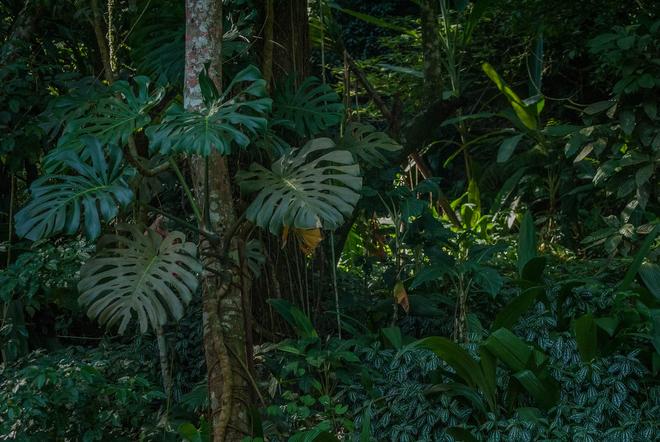
The National Park and the viewpoint can be reached from Pacheco Leão Street, near the Botanical Gardens, and then along Estrada Dona Castorina. You can, as aforementioned, trek or cycle up – but be warned, there is a tarmac road about 3.7km long, which is also used by cars. However, drivers are cautious, even at the entrance to the park, park rangers usually stop cars and warn drivers to drive slowly and be considerate of those walking or cycling up. A lot of locals go for a practice run up the hill every day, so no need to worry about cars, drivers are used to it. Plus, even though on tarmac, you're practically walking through the forest the whole time, you can turn off to a waterfall somewhere, admire the local flora elsewhere, it's definitely not a boring hike.
Sugar Loaf on foot – save money and take a dip in the sea
Sugar Loaf is the place to be for the best views of the city, and it offers a 360° view. What's more, you can buy Havaianas at the top for the same price as in the market! There's also super ice cream and other snacks waiting for you at the top, so there's no need to lug around litres of water for the entire trip. You can make it up in under an hour at a decent pace, and if your knees aren't bothering you, you can make it down even faster.
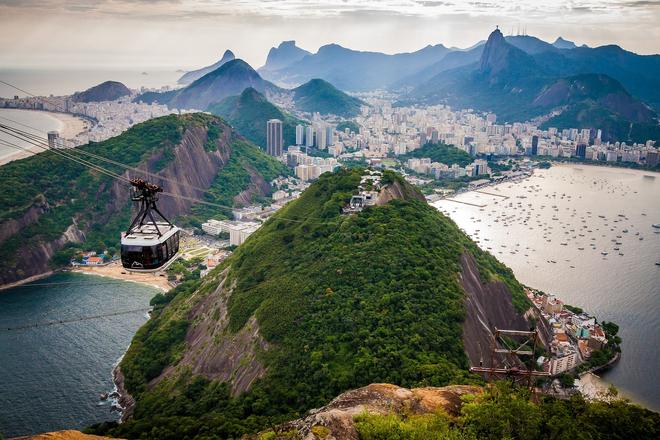
The Sugar Loaf includes two hills: the Morro da Urca (the first one, which can be climbed on foot) and the Pao de Acucar (the second, higher one, which you have to take a cable car to, but the views are practically the same from both hills, so it is not necessary). The hike is perfectly safe (the area falls within a monitored military zone) and easy (though it goes through dense forest and is a bit steep in places); many locals go up the hill before sunset to enjoy the spectacular views, accentuated by the purple-pink glow, while enjoying a delicious cocktail at one of the bars (if you drink too much, you can always take the cable car back down!). Be sure to take a good headlamp for the way down, and keep your camera well hidden in your backpack just in case.
There is a small beach down by the trail that leads up the hill, so you can take a refreshing dip after your descent. There is, of course, also a cable car to the hills.
Beaches by bike
Forget Copacabana! Take a bike ride to the beaches to the west: Praia da Barra da Tijuca, Praia da Reserva and the surfer's paradise of Prainha.
From the city centre (for example from the not-so-interesting and not-so-safe Copacabana) it is about 18 km via Leblon (in the neighbourhood of the interesting artists' and intellectuals' quarter, Gávea) to Praia da Barra da Tijuca, a beautiful long beach, often overlooked by tourists (because it is – unlike Copacabana – outside the city centre), running alongside a modern, upmarket neighbourhood where many Brazilian and international stars (including some footballers) live.
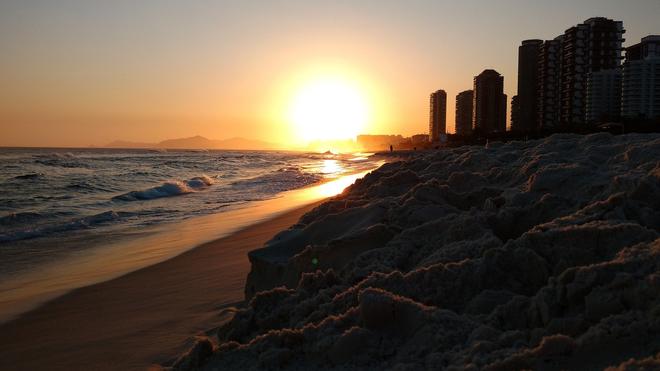
Stop for lunch at Toca Da Traíra, where you'll enjoy a full lunch menu (starter, main course and a selection of fruit salads and desserts to finish, fresh seafood and fish are a must).
From this beach, continue on to Praia da Reserva (approx. 3 km), along which you can admire many spectacular views of the surrounding forests, islands and the city in the background. You'll have to climb some hills occasionally, but it's worth it and – as most people in Rio are fans of a healthy lifestyle and a toned body – car drivers are considerate on the road and you can cycle in a bikini and not offend anyone (bikinis and shorts or fishnet dresses over bikinis are perfectly fine on the streets near the beaches in Rio), plus you'll get nicely tanned!
Prainha: a surfer's paradise
If you're a savvy cyclist, be sure to continue on to Prainha (another 13km or so), a surfer's paradise that's sure to remind you of Hawaii, both in landscape and local colour, and the chillout vibes of the local beach bar. They even sell Hawaiian beers here and you might even notice a sign with an Aloha greeting.
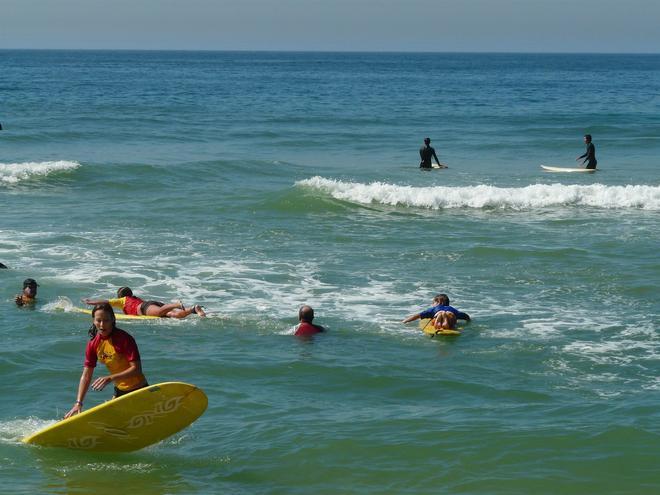
If you still have the energy, treat yourself to a Carioca-style evening samba experience in the city centre, which combines the historic architecture of old Portuguese houses with modern skyscrapers and cheap street shops with designer boutiques. It's a bustling area that's home to many offices and businesses, but also offers little hidden gems like the National Library (Fundação Biblioteca Nacional), a picturesque historic building that can easily be mistaken for a church when viewed from the outside, and which inside will remind you of the library from Harry Potter.
There are many renowned salsa clubs in the centre, such as the Rio Scenarium in the picturesque, romantic R. do Lavradia street. Don't leave your ID at home and, conversely, forget the heels and dress code, neither are necessary. Happy Hour usually starts at 7pm and you get free beers and caipirinhas – as many as you want!
And when you wake up in the morning, treat yourself to breakfast a la Carioca at one of the many street eateries: frozen Açaí (or as a smoothie or juice) and Pão na chapa.
.jpg)
